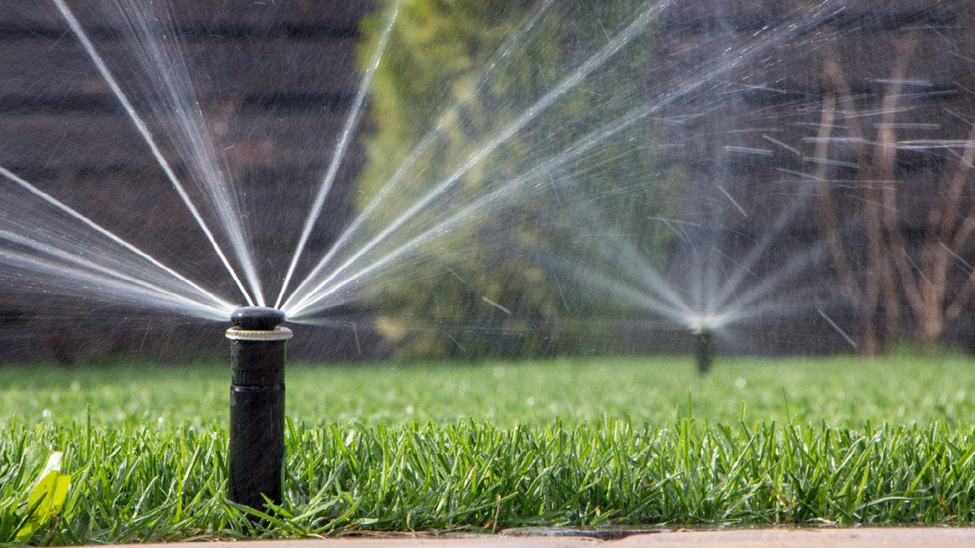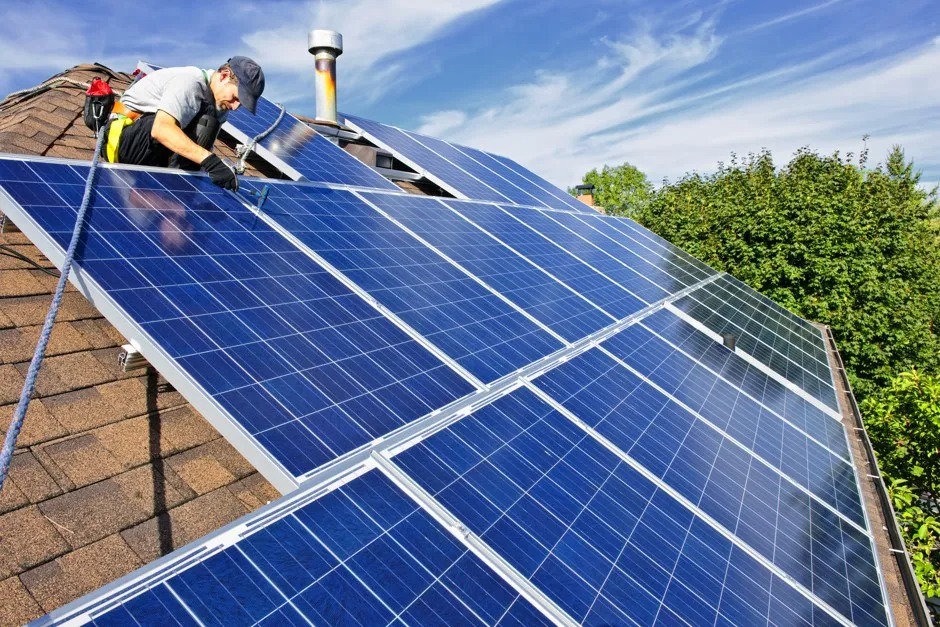Fire sprinklers save lives. They’re one of the most effective safety systems in modern buildings, responding automatically to suppress flames before they spread. But while sprinklers protect property from fire, they can also unleash a different kind of destruction if something goes wrong. According to Keyrenter Jacksonville, accidental discharges, broken heads, or system malfunctions can release hundreds of gallons of water in minutes, causing extensive water damage before anyone can react.
That’s why having the right fire sprinkler shut off tool nearby can make all the difference between a quick fix and a costly disaster. In emergencies, every second matters, and preparedness isn’t just about preventing fire, it’s about minimizing the aftermath when things don’t go as planned.
This article explores how sprinkler systems work, why failures happen, and what property owners, facility managers, and maintenance teams can do to prevent water damage when those critical moments arise.
Understanding the Power (and Pressure) Behind Sprinkler Systems
To appreciate the urgency of sprinkler-related incidents, it helps to understand what happens when a sprinkler head activates, either properly during a fire or accidentally due to damage or heat exposure.
How Sprinklers Work
Sprinkler systems are designed to activate individually, not all at once. Each sprinkler head has a heat-sensitive element, typically a glass bulb or fusible link, that bursts when the surrounding temperature reaches a certain point (usually around 155°F or 68°C). When it breaks, pressurized water is instantly released from that head, spraying in a specific pattern to suppress flames.
This precision is what makes sprinklers so effective: they react quickly, contain fires early, and limit smoke damage. However, the same pressurized system that saves property during fires can cause massive flooding in seconds if activated unintentionally. To mitigate the risk of costly accidental discharges and ensure system integrity through continuous monitoring and predictive maintenance, integrating the best fire protection software is essential for any modern safety infrastructure.
The Numbers Behind the Damage
A single sprinkler head can release 60 gallons of water per minute or more. In commercial systems, that figure can climb even higher. If no one intervenes, an accidental discharge could release thousands of gallons of water before the main valve can be shut off.
Now imagine this happening in a data center, hospital, retail space, or condo complex, where sensitive equipment, drywall, or flooring can be destroyed long before help arrives.
Why Sprinkler Failures Happen
Fire sprinklers are engineered for reliability, but no system is immune to human error, mechanical wear, or environmental conditions. Understanding the common causes of sprinkler discharge can help building owners prevent incidents, and respond faster when they occur.
1. Accidental Impact
One of the leading causes of sprinkler head activation is physical impact. A careless bump from maintenance equipment, a ladder, or even a tall object being carried through a hallway can shatter the glass bulb or dislodge a head. In warehouses or garages, forklifts are common culprits.
In high-traffic areas, it’s critical to install protective cages around heads or use recessed designs to reduce the risk of accidental activation.
2. Heat or Temperature Fluctuations
Sprinkler heads are triggered by heat, so exposure to high temperatures, even from non-fire sources, can cause false activation. This can happen in attics, boiler rooms, or kitchens where heat rises above the trigger threshold.
Seasonal temperature swings can also damage components over time, weakening seals or causing leaks.
3. Corrosion and Aging
Like any mechanical system, sprinklers degrade with age. Corrosion, mineral buildup, or compromised gaskets can lead to leaks or premature failure. Regular inspections help identify weak spots before they turn into emergencies.
4. Freezing and Burst Pipes
In colder climates, uninsulated or poorly heated spaces pose a risk of freezing. When water inside sprinkler pipes freezes, it expands and can crack the metal. Once temperatures rise again, those cracks turn into leaks, or even full discharges.
5. Vandalism or Tampering
Unfortunately, deliberate tampering remains a problem in some facilities. Children, curious tenants, or pranksters may hang objects from sprinkler heads or twist components, not realizing how sensitive they are. Even slight pressure can cause activation.
In each case, preparedness, not panic, determines how severe the damage will be.
The Hidden Cost of Water Damage
While fire damage is immediately visible, water damage often spreads silently before anyone notices. Within minutes, water can seep through walls, flooring, and electrical systems. Within hours, it can trigger mold growth, corrosion, and structural weakening.
Immediate Damage
The most obvious effects happen quickly:
- Soaked carpets and drywall
- Damaged electronics or machinery
- Ceiling collapse from pooled water
- Shorted wiring or lighting fixtures
These problems require immediate cleanup, but the real cost extends far beyond the visible mess.
Long-Term Consequences
When water penetrates porous materials, it creates the perfect breeding ground for mold and mildew. Even after surface drying, moisture trapped behind walls or under floors can cause ongoing issues for months. Insurance claims related to sprinkler water damage often reach tens or even hundreds of thousands of dollars.
Operational Downtime
For businesses, downtime can be the most expensive consequence of all. Stores close, offices relocate, and industrial production halts while cleanup and repairs take place. In hospitals, schools, and data facilities, the disruption can impact critical services.
The takeaway is simple: minimizing discharge time is just as important as preventing fire.
When Every Second Counts: How to Respond to Sprinkler Failures
Even the best-maintained system can experience a malfunction. When that happens, the speed of your response determines the scale of the damage.
Step 1: Stay Calm and Clear the Area
Panic leads to confusion, and confusion leads to mistakes. The first priority is safety. Evacuate people from the immediate area, especially if electrical systems or ceilings are affected.
Step 2: Identify the Active Head
Only one or two sprinkler heads typically activate during a false discharge. Locate the source quickly but avoid direct contact with the spray, which can be pressurized.
Step 3: Use a Shut-Off Tool
A fire sprinkler shut off tool allows maintenance staff or safety personnel to stop the water flow instantly, without having to locate and close the main system valve. These compact tools are designed to clamp securely over the activated head, sealing the water source until professional technicians can repair or replace it.
Unlike turning off the main valve, which disables the entire building’s fire protection, shut-off tools isolate only the affected head, keeping the rest of the system operational. This can save thousands of gallons of water, and thousands of dollars in damage, in just a few minutes.
Step 4: Notify Maintenance and Fire Services
After the water is stopped, alert building maintenance or fire safety teams to inspect the cause and ensure system integrity. Never leave the area unattended until the system has been assessed.
Step 5: Document and Inspect
Once immediate risks are contained, document the incident for insurance and maintenance records. Inspect nearby areas for water intrusion, especially ceilings, electrical panels, and HVAC systems.
Speed and preparation are everything. In most cases, being equipped with a simple, easy-to-use shut-off device can mean the difference between a contained incident and catastrophic loss.
Preventive Measures That Protect Your Property
While response tools are essential, prevention remains the best defense. Incorporating regular maintenance and smart design can drastically reduce the risk of accidental sprinkler activation.
Schedule Routine Inspections
Fire codes typically require annual inspections, but sensitive environments may benefit from semi-annual checks. Look for corrosion, leaks, or worn parts that could lead to malfunctions.
Protect Vulnerable Heads
In garages, warehouses, or gyms, install protective cages or guards around sprinkler heads. In areas prone to accidental impact, consider recessed models.
Train Staff and Tenants
Education goes a long way. Make sure staff know what sprinklers do, and what not to do around them. Posters or safety briefings can remind everyone not to hang objects, apply heat, or obstruct sprinklers.
Keep the Right Equipment On-Site
A fire sprinkler shut off tool should be as standard as a fire extinguisher in maintenance rooms, janitorial closets, or security desks. Train designated staff members on how to use it safely.
Monitor Environmental Conditions
Use thermostats or sensors in unheated areas to prevent freezing. In kitchens and industrial settings, ensure ventilation prevents excessive heat buildup near sprinkler heads.
Preparedness turns potential chaos into controlled response.
Final Thoughts
Fire sprinklers remain one of the greatest innovations in building safety, but when accidents happen, they can unleash a flood of unintended damage. Understanding how these systems work, maintaining them properly, and acting quickly when failures occur are all critical parts of responsible property management.
Having a fire sprinkler shut off tool ready ensures that when every minute counts, you’re not at the mercy of uncontrolled water flow. It’s a small, practical step that protects far more than just property, it protects peace of mind.
In the end, preventing water damage from sprinkler failures isn’t about fearing technology; it’s about being ready for what can go wrong. Because the best safety systems don’t just stop fires, they stop disasters before they start.
Read More Gorod








